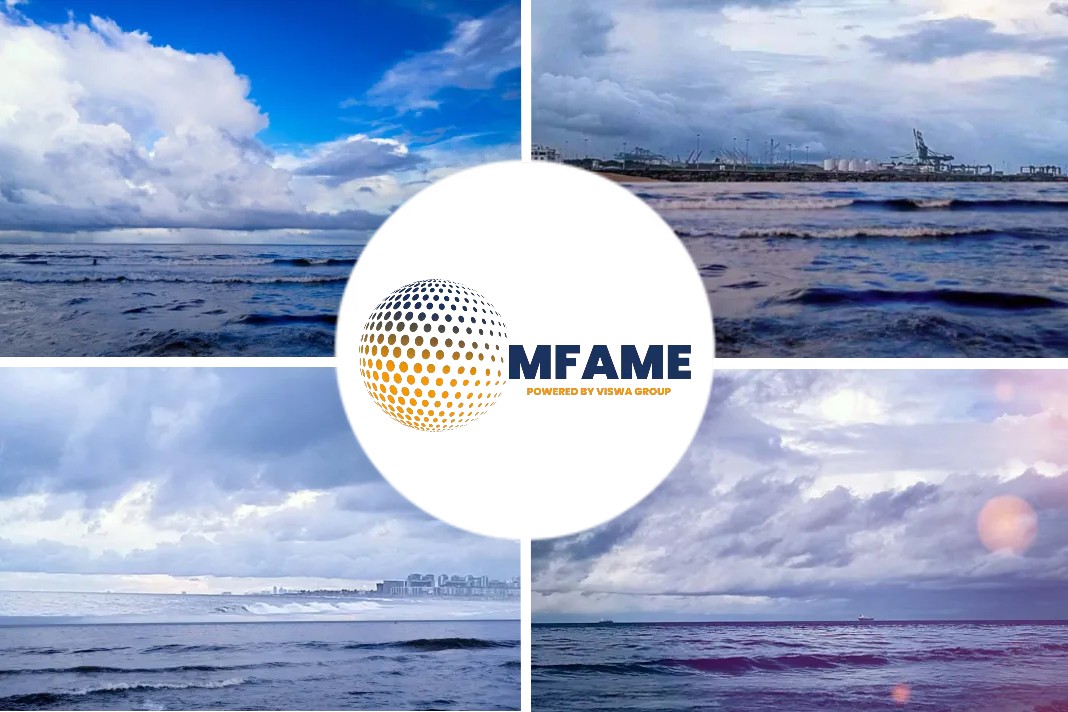- Sustainable aviation fuel key to aviation’s decarbonization
- Neste expanding Singapore refinery, inks long-term SAF supply deals
- Industry needs regulatory visibility, feedstock clarity
Although the Asia-Pacific region is lagging Europe and North America in its adoption of sustainable aviation fuel, a strong momentum exists, with Singapore and New Zealand emerging as front runners to promote its use, Sami Jauhiainen, VP APAC Renewable Aviation at Finland’s Neste said.
Confidence in market
“We have confidence this [SAF] market will come,” Jauhiainen said. “Both the policies and the market [for SAF] has been evolving [globally] in the past years much faster than we could have expected.” Jauhiainen spoke in an interview on the sidelines of the Asia Pacific Petroleum Conference organized by S&P Global Commodity Insights.
Neste, one of the world’s largest producer of renewable diesel and renewable jet fuel refined from waste and residues, is also a part of the World Economic Forum’s Clean Skies for Tomorrow Coalition, whose mission is to accelerate the deployment of SAF and achieve net-zero emissions by 2050 via powering global aviation with 10% SAF by 2030.
“From our point of view, it [the 10% target] is perfectly feasible,” Jauhiainen said.
Smaller carbon footprint
Prior to COVID, international aviation accounted for about 2%-3% of global carbon emissions. It is among one of the hardest sectors to abate. SAF is seen as a key pillar in decarbonizing aviation, delivering the performance of conventional jet fuel but with a significantly smaller carbon footprint on a life cycle basis.
Neste was part of the Singapore pilot, announced in November 2021, to advance the use of SAF. Under this pilot, 1,000 mt of neat SAF was meant to be supplied by Neste and blended with refined jet fuel at ExxonMobil’s facilities in Singapore.
In September, Air New Zealand welcomed its first shipment of Neste MY SAF into New Zealand.
Separately, Singapore and New Zealand signed earlier this year a bilateral arrangement for cooperation in sustainable aviation. The Civil Aviation Authority of Singapore is set to publish the Sustainable Air Hub Blueprint in 2023, providing a decarbonization roadmap for the Singapore air hub.
Ramping SAF capacity
Neste’s Singapore refinery, which started operations in 2010, is being expanded.
“As part of the expansion, we will have the ability to produce 1 million ton of SAF and the timeline for completing that expansion is end of Q1, 2023,” Jauhiainen said.
“That [expansion] will basically increase our current sustainable aviation fuel capacity tenfold,” he said, adding that by the first half of 2026, Neste’s global SAF capacity will total around 2.2 million mt and its total renewables capacity including SAF will hit about 6.8 million mt.
Neste has also entered into long-term agreements for the supply of its SAF, Jauhiainen said. In March, Neste and DHL Express announced one of the largest ever SAF deals, with Neste set to supply DHL with about 320,000 mt (400 million liters) of Neste MY Sustainable Aviation Fuel in the next five years.
Although Jauhiainen noted that Neste had “significant capacity” to meet the needs of not only the Asia-Pacific region’s aviation sector but also globally, he was unfazed by spare capacity because Neste had the flexibility to adjust its production.
“We can produce more renewable diesel if the SAF market does not develop as fast as we would hope,” Jauhiainen said.
Neste has also started serving the polymers and chemicals markets, supplying renewable diesel and renewable naphtha to the petrochemicals industry to produce renewable polymers and plastics.
“So, we have multiple markets that we can serve,” Jauhiainen added.
Policy and direction
Airlines operate in a competitive market, which makes it very difficult for these companies to voluntarily substitute fossil jet fuel with SAF, particularly if their competitors are not doing so, Jauhiainen said.
“So in reality, what enables many airlines at the moment to use SAF is that they are basically collecting the money and funding the SAF premium from their own end-customers, including companies with business travel activities or cargo shippers, who want to reduce their own carbon footprint and this funding then enables the airlines to procure their SAF,” Jauhiainen said.
When the cost of SAF is priced into every liter or very ton of jet fuel burnt and passed on to the end-customer, there is transparency in the size of the market; enabling SAF producers to make required investments while also bringing in policy certainty for regulators.
Regulatory visibility undoubtedly benefits the SAF industry, Jauhiainen said, the EU’s ReFuelEU Aviation initiative was one such example.
The initiative, which forms part of the EU’s Fit for 55 in 2030 package, includes obligations on fuel suppliers to distribute SAF to encourage its uptake by airlines.
Meanwhile, clarity around feedstock acceptance is also required, Jauhiainen said.
“We clearly need robust sustainability standards that establish a kind of minimum threshold around what can be used for SAF production and what cannot,” Jauhiainen said “But if they [standards] are defined too narrowly, there is a risk that the competition focuses on fewer raw materials and then due to the scarcity, the cost of those increases.”
Did you subscribe to our daily Newsletter?
It’s Free! Click here to Subscribe
Source: SP Global
















